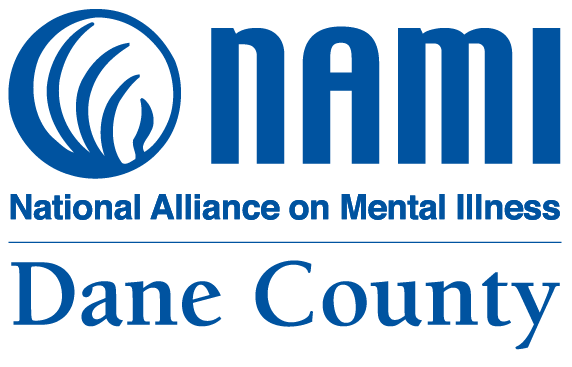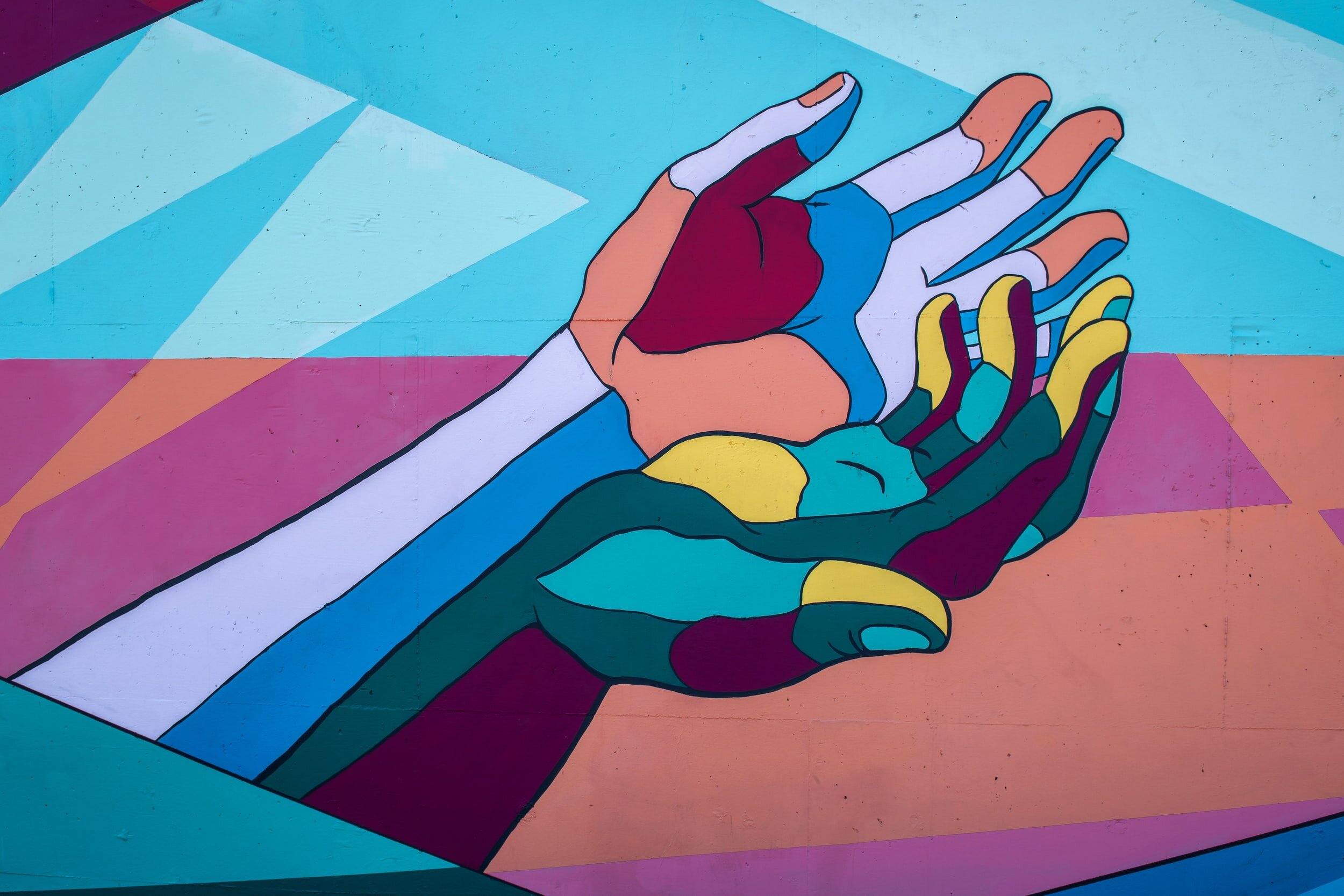What BIPOC Communities Need From Mental Healthcare
By Nicole McCue, NAMI Dane County Intern
July was BIPOC Mental Health Month. In light of this, we reached out to organizations that support BIPOC mental health in order to learn more about what communities need in order to receive culturally competent care. Throughout these discussions, a few common topics emerged.
Cultural Competency and Cultural Humility
Mental health workers must be able to demonstrate both cultural competency and cultural humility when working with clients. Cultural competence is the ability to engage knowledgeably with people across different cultures. Competency in therapists can mean having a general understanding of the values and history of the culture a client identifies with. Myra McNair from Anesis Therapy Center explains that demonstrating cultural competence allows clients to use their time in therapy sessions however they feel is the most helpful: “[Clients] don’t want to come in and educate a provider about who they are and where they come from.” She adds that clients should not have to describe to a provider their experiences with racial trauma. The client having to use session time to educate their therapist takes away from valuable time that should be used to address the client’s emotional concerns.
Aside from being a poor use of session time, having to give cultural background information makes clients feel uncomfortable and disconnected from their therapists. Instead of being able to be themselves, clients feel as though they are representing their cultural group or taking an educator role. Tara Wilhelmi from EOTO Culturally Rooted says she has heard peers equivalate this experience to “wearing a mask” when talking to providers. In a mental healthcare setting, it is essential that individuals feel that they can express themselves fully. Without genuine expression, their concerns and needs will not be completely addressed.
Finally, cultural competency is necessary for helping clients through difficult emotions. For example, a therapist must have some understanding of how someone may experience an emotion in order to address it properly. Felica Turner-Walton from Healing our Hearts explains that their grief support groups would not be beneficial if facilitators did not understand how the group experiences loss. Felica explains that “Black people do not get the luxury to grieve.” A mental health worker should know how oppression may have shaped Black individual’s emotional experience in order to best help individuals cope with hardship.
Cultural competency is one tool mental health workers must use to allow clients the space to receive appropriate care. However, as Myra describes, a clinician can never be fully competent. There are many complex intersectionalities, and having an expertise in each is impossible. Besides, knowledge alone cannot serve as an alternative to matching the identity of a client. For this reason, there is a second tool that mental health workers must use: Cultural humility. Cultural humility is accepting that one will never be able to completely understand what someone of a different culture experiences, but you should always be ready to learn. Tara explains that apart from the mountain of education that is necessary for mental health workers serving BIPOC communities, being humble is a priority. This humility provides clients with an unassuming listener, which is necessary for building a strong therapeutic relationship.
Representation
Lack of representation poses a significant barrier to individuals seeking culturally appropriate care. A 2020 demographic review reports that 77% of therapists are white. An even more difficult identity to find within therapy is male counselors who identify as BIPOC, as 70% of counselors are female. While cultural competency and humility are important in providing mental healthcare, it is impossible to substitute for racial representation in clinicians. Tara points out that while it is crucial to gain an intensive understanding of disparities and diverse clinical presentations of mental health concerns, there will always be a disconnect between white clinicians and BIPOC communities. She says the reasoning for this disconnect is that “[clinicians] might know the modality, but [they] don’t know the people.” Providers who lack the same identity as BIPOC clients will never be able to truly understand the emotional complexities experienced within these communities.
The route to becoming a counselor is largely inaccessible for many students that identify as BIPOC. Becoming a counselor requires an expensive graduate level education. There are not many routes to overcoming this barrier. Myra explains that at Anesis Therapy, they are committed to making the road to a counseling license more accessible. Anesis advocates for accessibility by encouraging current case managers to go back to school for therapy, with the knowledge that Anesis will provide them with a clinical internship and future job. In addition, Anesis has advocated for more scholarship and grant opportunities for prospective BIPOC counseling students. Within their practice, Myra estimates that around 95% of their staff identify as BIPOC. This opportunity for representation cannot be replicated across other practices without increasing the accessibility in becoming a counselor.
Support Groups
Individual talk therapy is most commonly thought of when considering mental health support. However, there are barriers to attending individual therapy, such as cost, for individuals who identify as BIPOC. Underlying these barriers is the fact that the mental healthcare system was developed by white doctors and psychologists with the intention of serving the white population. The combination of inaccessibility and the field’s history necessitate alternative ways of viewing mental health support for BIPOC communities. For individuals that feel uncomfortable seeking individual therapy, the environment created in support groups can be beneficial. Support groups are inexpensive and allow for a sense of community that is highly valued by some cultures, but lacking in individual therapy. In addition to addressing the cost barrier and decentralizing white structures of mental health support, support groups and community programs allow for more representation. BIPOC representation is increased in these settings because individuals can be trained to be support group facilitators without having to attend expensive counseling programs, therefore eliminating cost barriers.
Felica explains that representation is also increased by support groups because individuals are given the opportunity to learn from other BIPOC-identifying individuals in the group. In Healing our Hearts’ support groups, for example, support group goers may hear about another individual’s experience with grief which allows them to believe that they are capable of getting through their loss as well. It’s important, Felica explains, “to know there are other people you can relate to going through those very same issues.” Considering alternative options to individual therapy, such as support groups, creates accessibility and opportunity for culturally competent support for BIPOC-identifying individuals.
Thank you to Myra McNair, Tara Wilhelmi, and Felica Turner-Walton for sharing your understanding of mental health in BIPOC communities.
To watch the interviews discussed here, visit NAMI Dane County on Facebook or Instagram.
Therapist demographic statistics found at: https://www.zippia.com/therapist-jobs/demographics/

